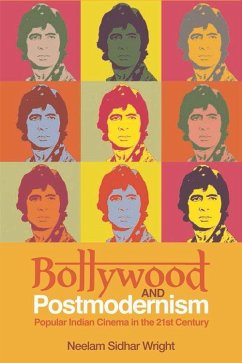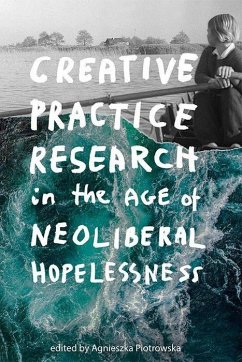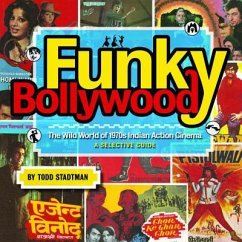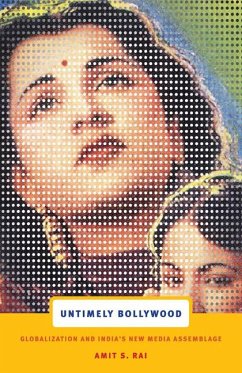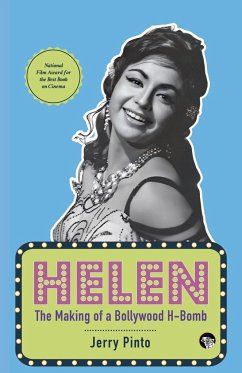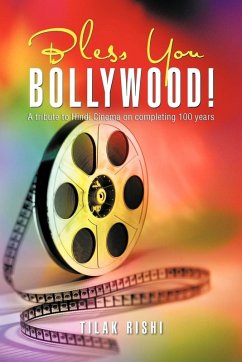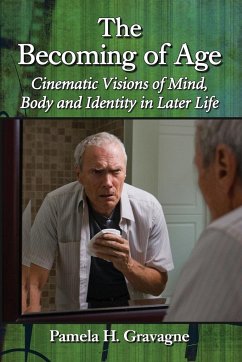Nicht lieferbar
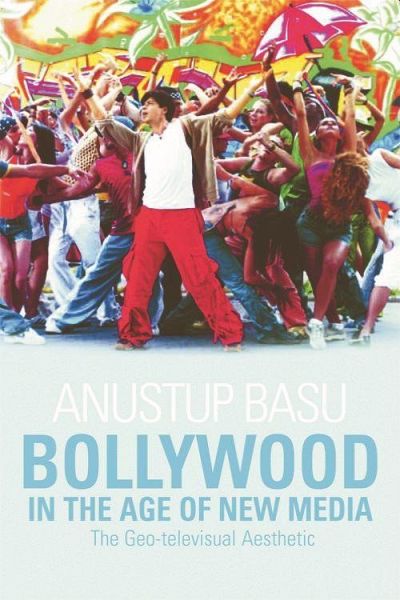
Bollywood in the Age of New Media
The Geo-Televisual Aesthetic
This study of popular Indian cinema in the age of globalisation, new media, and metropolitan Hindu fundamentalism focuses on the period from 1991 to 2004. Popular Hindi cinema took a certain spectacular turn from the early nineties as a signature 'Bollywood style' evolved in the wake of liberalization and the inauguration of a global media ecology in India. Films increasingly featured transformed bodies, fashions, life-styles, commodities, gadgets, and spaces, often in non-linear, 'window-shopping' ways, without any primary obligation to the narrative. Flows of desires, affects, and aspiration...
This study of popular Indian cinema in the age of globalisation, new media, and metropolitan Hindu fundamentalism focuses on the period from 1991 to 2004. Popular Hindi cinema took a certain spectacular turn from the early nineties as a signature 'Bollywood style' evolved in the wake of liberalization and the inauguration of a global media ecology in India. Films increasingly featured transformed bodies, fashions, life-styles, commodities, gadgets, and spaces, often in non-linear, 'window-shopping' ways, without any primary obligation to the narrative. Flows of desires, affects, and aspirations frequently crossed the bounds of stories and determined milieus: for example, Haqeeqat featured poor working-class protagonists, but romantic musical sequences transported them abruptly to Switzerland, with the actors now dressed in designer suits. Basu theorises this overall cinematic-cultural ecology here as an informational geo-televisual aesthetic. This book connects this filmic geo-televisual style to an ongoing story of the uneven globalizing process in India. Basu argues that 'Bollywood' is not so much indicative of a uniquely Indian modernity coming into its own; rather it is symptomatic of a pure techno-financial modernization that comes without a political modernity. Bollywood in the Age of New Media therefore explains how the irreverent energies of the new can actually be tied to conservative Brahminical imaginations of class, caste, or gender hierarchies. Using a wide-ranging methodological approach that converses with theoretical domains of post-structuralism, post-colonialism, and film and media studies, this book presents a complex account of an India of the present caught between brave new silicon valleys and farmer suicides. Anustup Basu is Assistant Professor at the University of Illinois at Urbana-Champaign.





